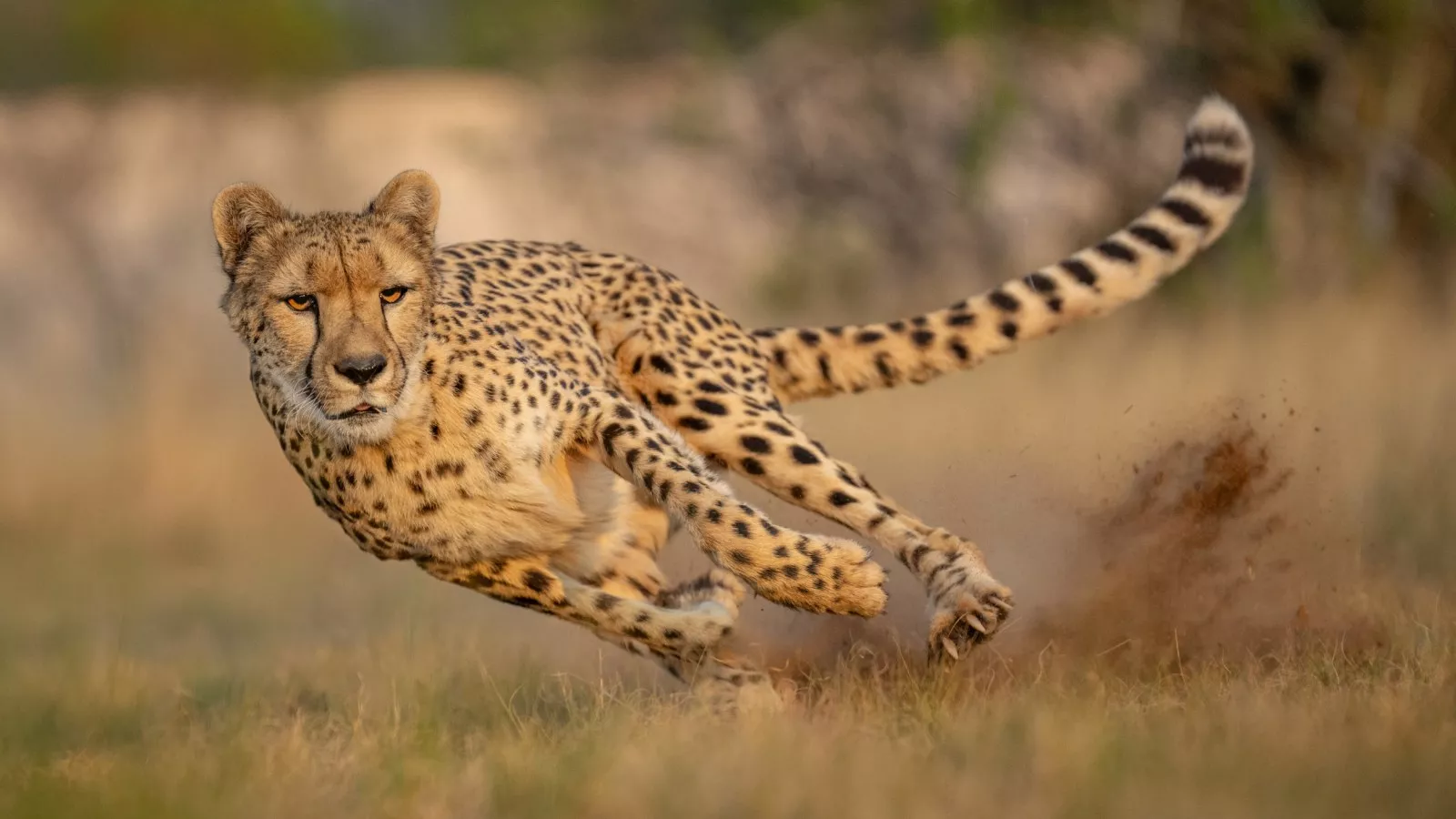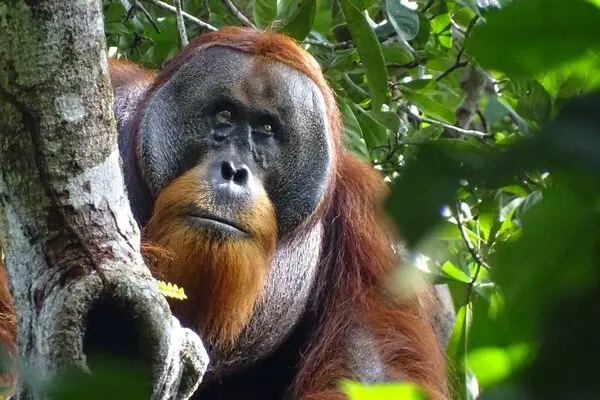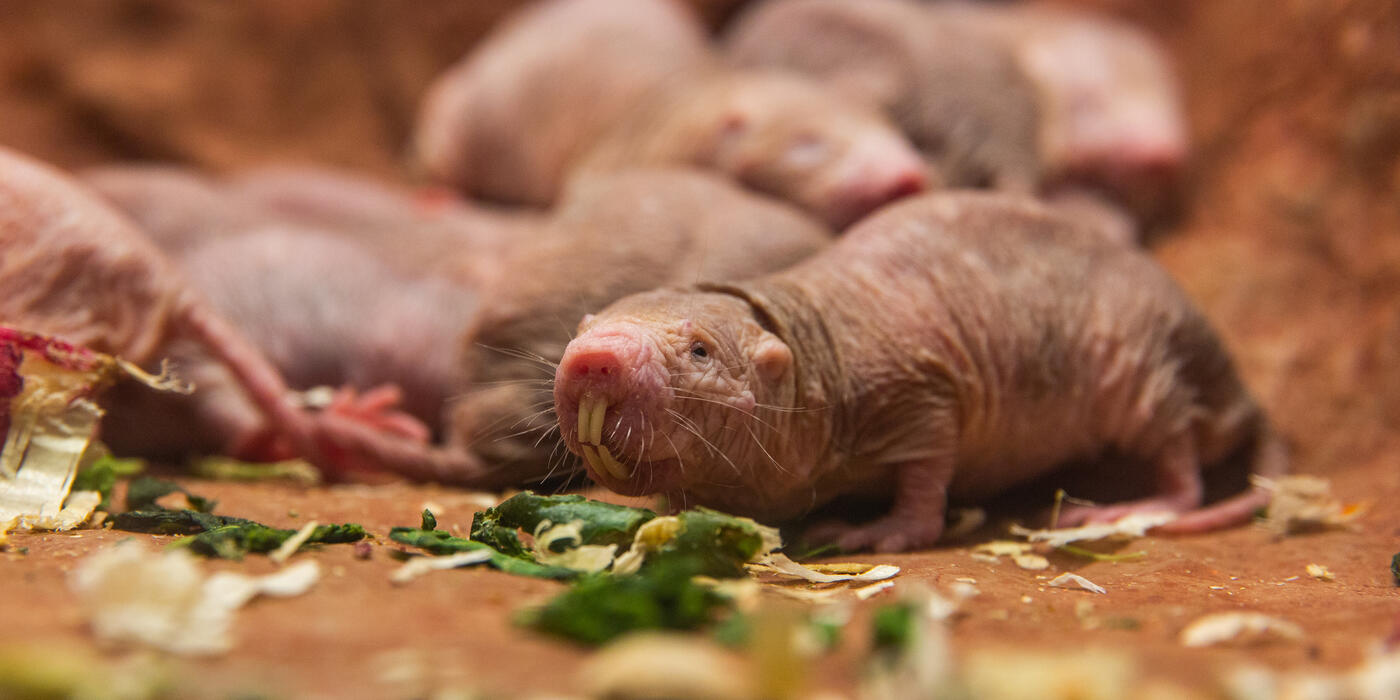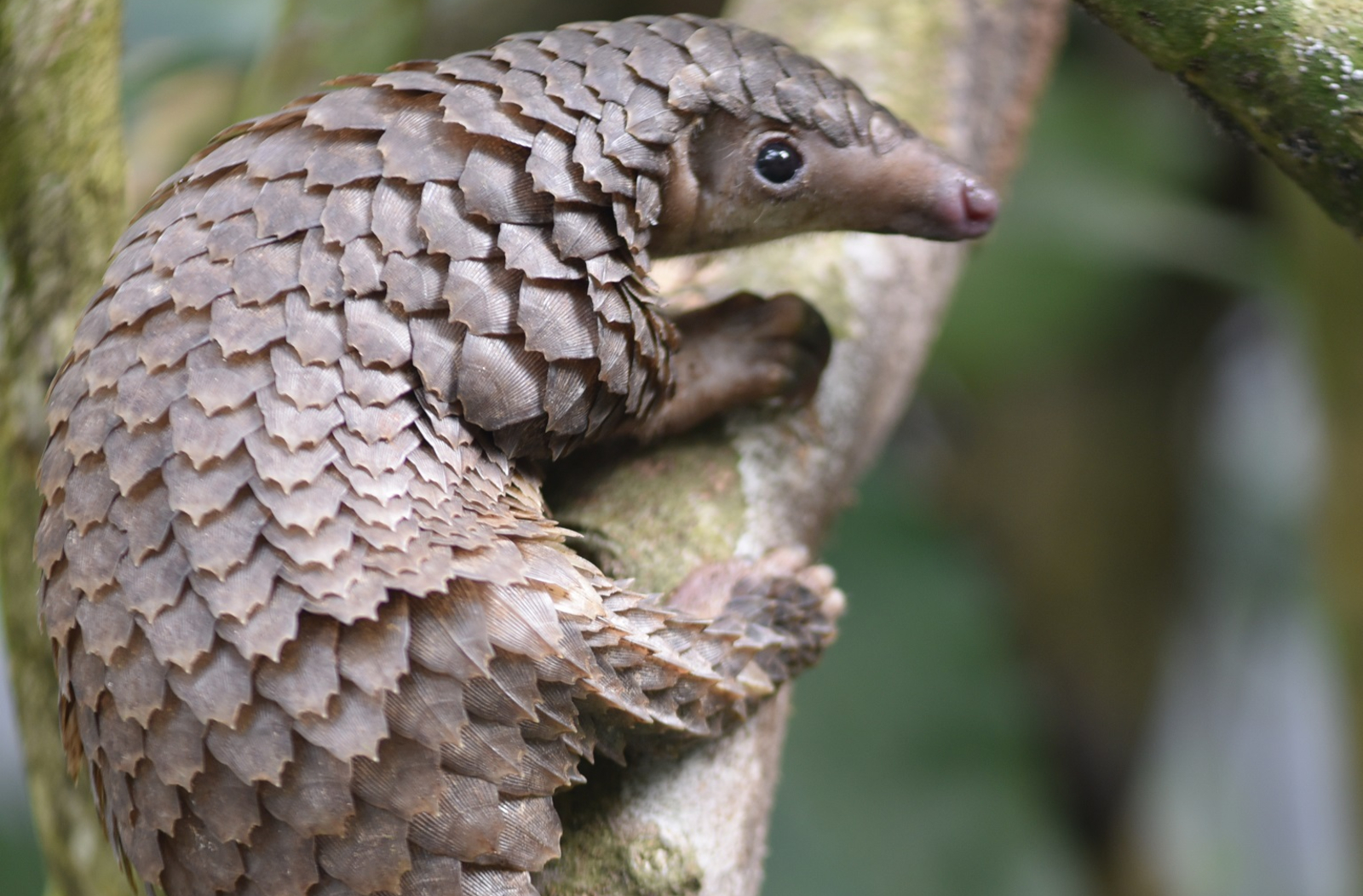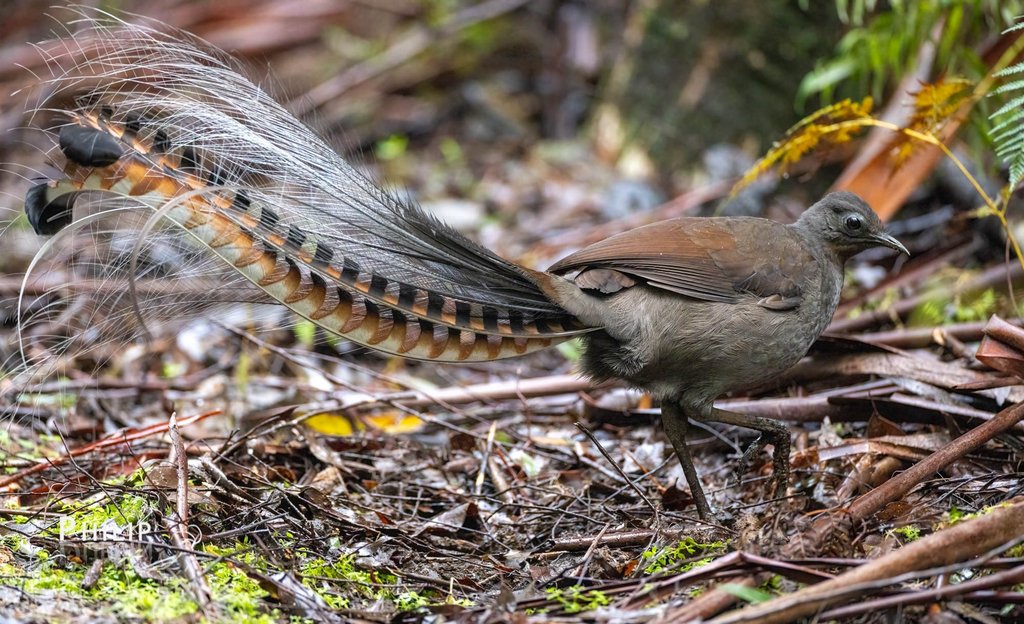solsticeuniversity.com – The cheetah (Acinonyx jubatus) is known as the fastest land animal on Earth, capable of reaching speeds of up to 60 to 70 miles per hour (97-113 km/h). These sleek, graceful predators are perfectly adapted for speed, with a slender body, long legs, and a flexible spine that allows them to stretch their bodies while running. Here’s a closer look at the cheetah, its remarkable adaptations, habitat, and conservation status.
1. Physical Adaptations for Speed
Cheetahs are built for speed with several unique adaptations that allow them to outrun their prey:
- Lightweight Frame: Cheetahs have a slender, aerodynamic body with long legs and a lightweight frame, reducing drag as they sprint.
- Flexible Spine: Their spine acts like a spring, extending and contracting with each stride to increase their running speed.
- Large Nasal Passages and Lungs: Cheetahs have enlarged nasal passages and lungs, allowing them to take in more oxygen during sprints.
- Long Tail for Balance: The cheetah’s long, muscular tail helps them maintain balance and steer quickly when chasing fast-moving prey.
- Non-retractable Claws: Unlike most cats, cheetahs have non-retractable claws that function like cleats, providing extra grip during high-speed chases.
Their running style, which allows them to cover 20 to 22 feet (6 to 7 meters) in a single stride, helps them catch prey like gazelles and impalas.
2. Habitat and Distribution
Cheetahs are primarily found in the grasslands, savannas, and open plains of sub-Saharan Africa. Smaller populations also exist in parts of Iran. These wide-open habitats are ideal for cheetahs because they require large spaces to run and hunt effectively.
Historically, cheetahs once roamed much of Africa and parts of Asia, but their range has significantly decreased due to habitat loss, human-wildlife conflict, and poaching.
3. Diet and Hunting Behavior
Cheetahs are carnivorous and rely on their speed to hunt small- to medium-sized herbivores such as gazelles, impalas, and springboks. They typically hunt during the day, using their keen eyesight to spot prey from a distance. Once they’ve locked onto a target, cheetahs use their incredible speed to sprint and bring down prey with a quick, powerful strike.
A cheetah’s hunting style is highly energy-intensive, and they can only maintain their top speed for a short burst—about 20 to 30 seconds. After a successful hunt, they must rest and recover due to the massive energy expenditure involved in chasing and capturing prey.
4. Cheetah Cubs and Social Structure
Female cheetahs are solitary and raise their cubs on their own. After a gestation period of around 90 to 95 days, a litter of 3 to 5 cubs is born. These cubs stay with their mother for up to 18 months, learning essential hunting and survival skills before venturing off on their own.
Male cheetahs, on the other hand, often form small groups known as coalitions. These coalitions usually consist of brothers from the same litter, allowing them to work together to defend territory and hunt.
5. Conservation Status
Cheetahs are currently listed as vulnerable by the International Union for Conservation of Nature (IUCN), with fewer than 7,000 individuals remaining in the wild. Their population is declining due to:
- Habitat Loss: Expanding human settlements, agriculture, and infrastructure projects have reduced the open spaces cheetahs need for hunting.
- Human-Wildlife Conflict: Cheetahs sometimes prey on livestock, leading to retaliatory killings by farmers.
- Low Genetic Diversity: Due to a genetic bottleneck thousands of years ago, cheetahs have very low genetic diversity, making them more susceptible to disease and less adaptable to environmental changes.
Conservation efforts, such as habitat restoration, anti-poaching initiatives, and breeding programs, are in place to help protect cheetah populations and ensure their survival.
Conclusion
Cheetahs are truly one of nature’s most extraordinary creatures, known for their unrivaled speed and agility. However, they face significant threats in the wild, and ongoing conservation efforts are crucial to ensuring that future generations can continue to witness these magnificent animals in their natural habitat.
